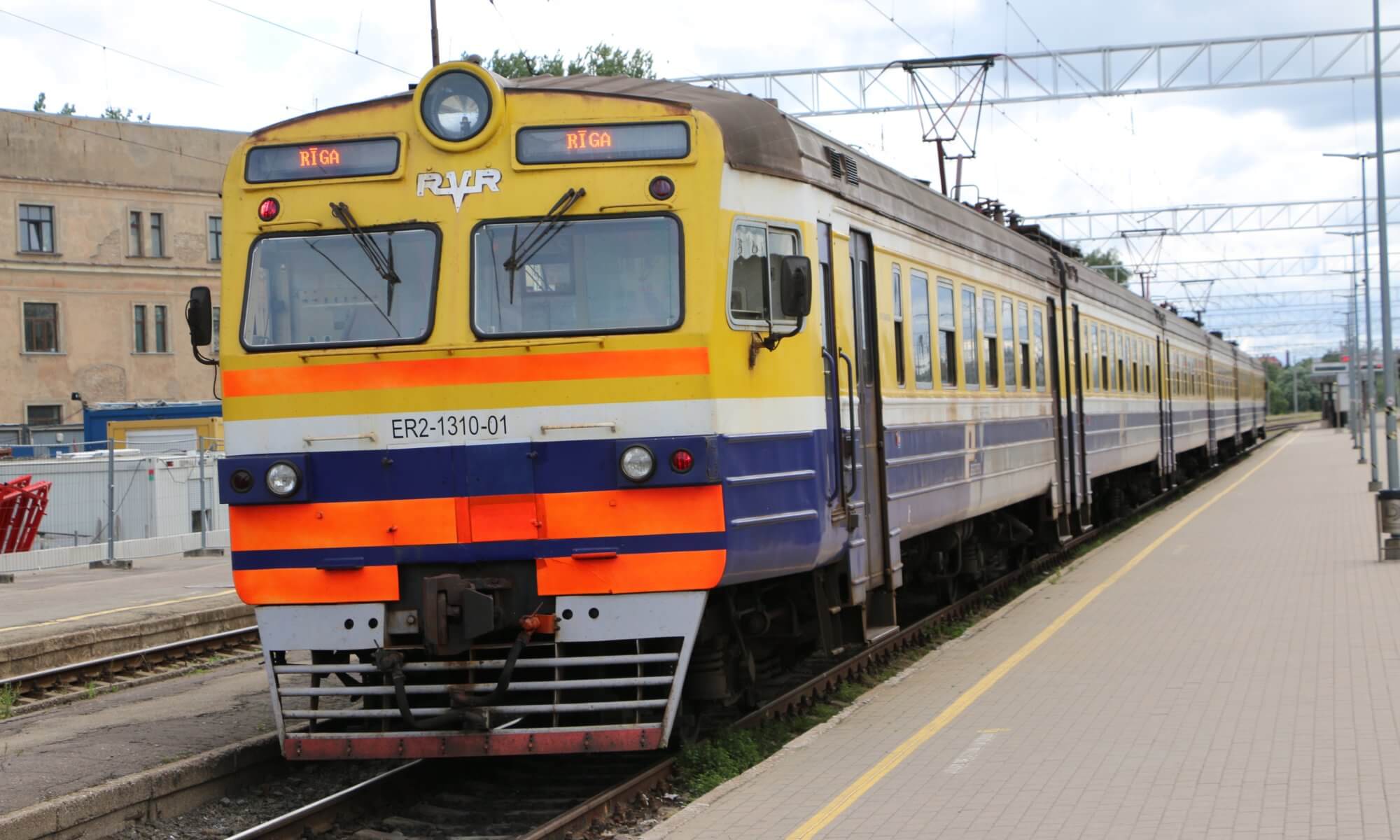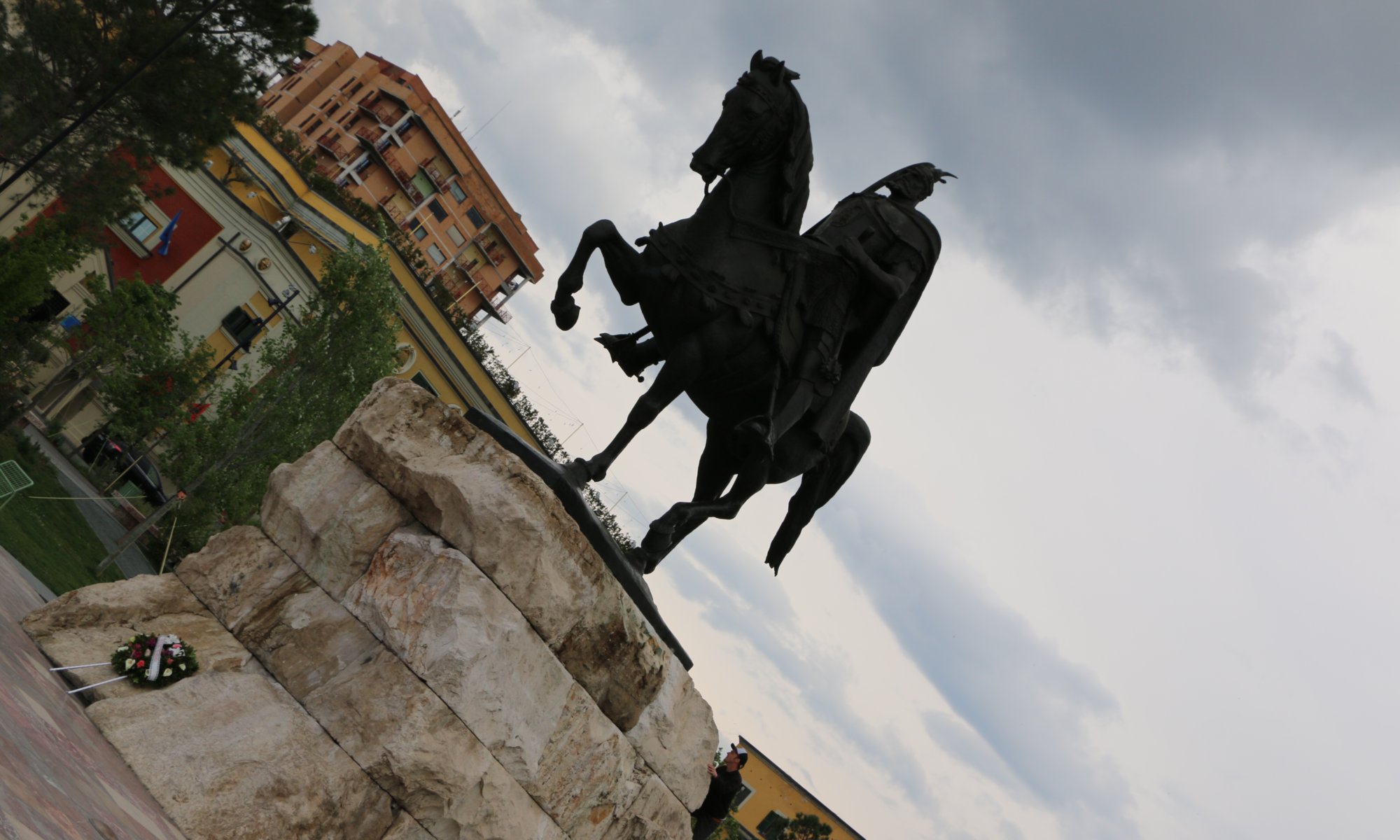People going to Tirana, Albania most often start their visit at the Skanderbeg square (Sheshi Skënderbej), the heart of the city. It is a giant square created between 1917 and 1930. The square has been redesigned several times since then and contained first a fountain destroyed during World War II and afterwards a lot of space was used for roads, many cars were passing by each day. Today it is vast pedestrian-only area with many examples of Socialist architecture and an important memorial.
In the north you can see the national history museum (Muzeu Historik Kombëtar) with a giant mosaic called Shqipëria (Albania). In the east there is the giant cultural palace and next to it the clocktower(Kulla e Sahatit e Tiranës) and the Et’hem bey mosque. In the south – in front of the government buildings – you can see an 11 meters high bronze statue of Skanderbeg placed here in 1968, 500 years after his death. Even the Stalin statue standing there formerly was moved for him.
Skanderbeg (whose name was Gjergj Kastrioti) is the national hero of Albania. He defended the Principality of Kastrioti (which was a predecessor of Albania) against the Osman empire. He was born in 1405 and by that time the Osman rule was strong in the region after Christians lost in the Battle of Kosovo in 1389. His father Gjon had to serve the Osmans and after he extended the borders of his prinicipality the sultan demanded that three of his sons had to come to Adrianople (today: Edirne), be converted to Islam and trained as fighters – and Gjergj was one of them.
Gjergj became an officer of the Osman army and fought many battles on the balkans. He was trusted by the sultan and in 1438 he was sent back to Albania to become a governor of the region around Kruja. It is said that in the meanwhile he first learned about his origin and about what happened to his brothers. When he arrived in Kruja he killed the Osman forces at a banquet celebrating his arrival and had himself crowned as the ruler of Albania. He became Catholic and connected his country to the republic of Venezia and the kingdom of Napoli and became the leader of the resistance against the Osman empire.
The sultan was angry about this treason and sent out armies several times to kill Skanderbeg and re-occupy Albania. But Skanderbeg received support from the pope and ensured the existance of his country by forging alliances. He defended it until his death in 1968 – when malaria killed him the sultan was celebrating that Christianity has lost its shield and sword. Ten years later the Osman empire took over the reign in Albania and kept it vor 40 years. The grave of Skanderbeg was defiled and it is said that the Osmans took parts of his remains as talismans with them. But at least Skanderbeg has his place in history – as the defender of Albania.
Skanderbeg memorial
Sheshi Skënderbej
Tirana
Albania
Loading map...



5 Replies to “Skanderbeg”